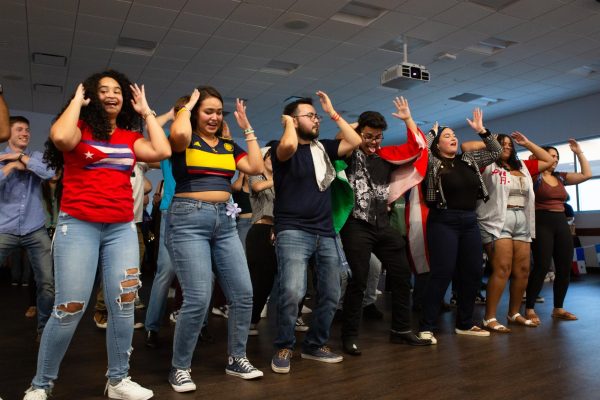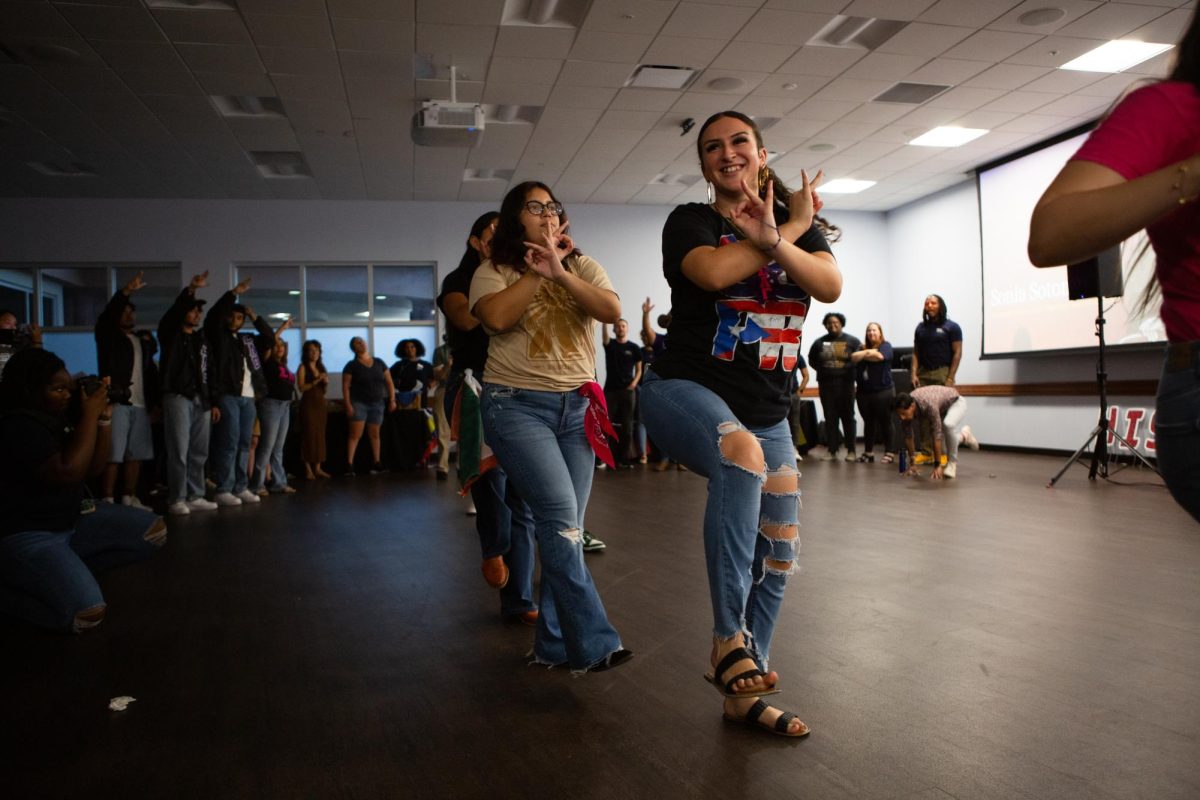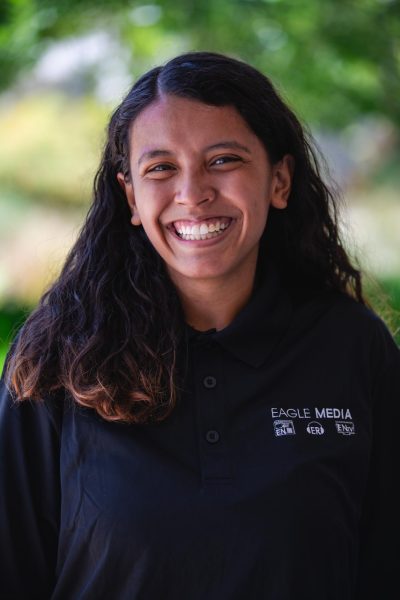Every year, Americans observe National Hispanic Heritage Month from Sept. 15 to Oct. 15. It’s a month that allows people like me to celebrate their culture. Growing up in America, I noticed that some Hispanic cultures and histories may not be as widely acknowledged. I am a Puerto Rican woman with Puerto Rican ancestry on both sides of my family. It’s always fun getting to understand more about what makes me who I am, a Boriqua.
Growing up, I wasn’t very connected to my roots, but it wasn’t by choice. I didn’t know how to speak Spanish, so I never felt cultured enough to fit in with other Hispanics. It was something that I was ashamed of for many years but have slowly learned to love since I’ve been at FGCU. Being a part of the Multicultural and Leadership Development Center (MLD) on campus has taught me to love every part of myself, including the part that may not be fluent in Spanish. You don’t have to look a certain way or speak a certain language to celebrate who you are.
Hispanic Heritage Month allows everyone to understand and celebrate the contributions of American citizens whose ancestors descended from places like Spain, Mexico, the Caribbean and Central and South America. The themes of this year’s Hispanic Heritage Month are prosperity, power and progress. The goal is to recognize the significant strides of Hispanics in the U.S. It’s important to uplift the voices that share their triumphs and challenges. This month marks the numerous ways that Hispanics have helped build the country we live in today. I want to continue living my life proud of celebrating not only my present but also acknowledging my past.
The MLD center does a great job at making the Latinx community feel seen with events from Noche De Culture to the Latinx Gala. Hispanic Heritage Month is an opportunity to take some time to learn about different aspects of our culture and try something you’ve never tried before. I didn’t know how important Hispanic Heritage Month really was until I came here, grew up and embraced all of the little things around me. Going to a primarily white institution (PWI) can be hard sometimes as a person of color. You may get treated differently or feel the discomfort of being the only person of color in some of your classrooms. I know there have been many times when I’ve looked around and wanted to see someone who looked like me.

I am fortunate that I can celebrate the festivities in my personal and professional life; not many people have that opportunity. The Hispanic and Latinx community is so vast, and each culture is different. There may be some similarities, but each culture has something that makes it unique. For example, Puerto Ricans love to make foods with plantains. From Mofongo to Tostones, I love enjoying meals with my white rice and red beans. The food is one of my favorite parts of my culture and the music comes at a close second. I love them both, but there’s so much more that I still learn every day. Having a month to enjoy and learn about other places’ music and foods makes me happy. It makes me feel like I truly do have a community on campus.































